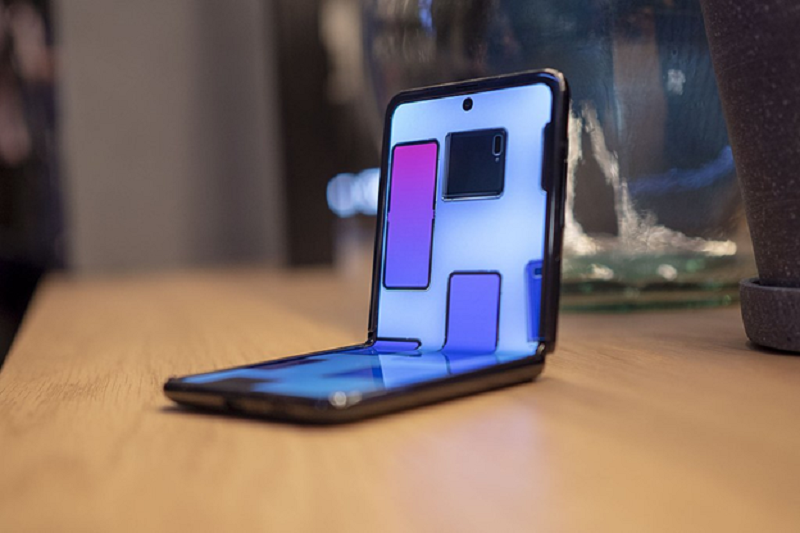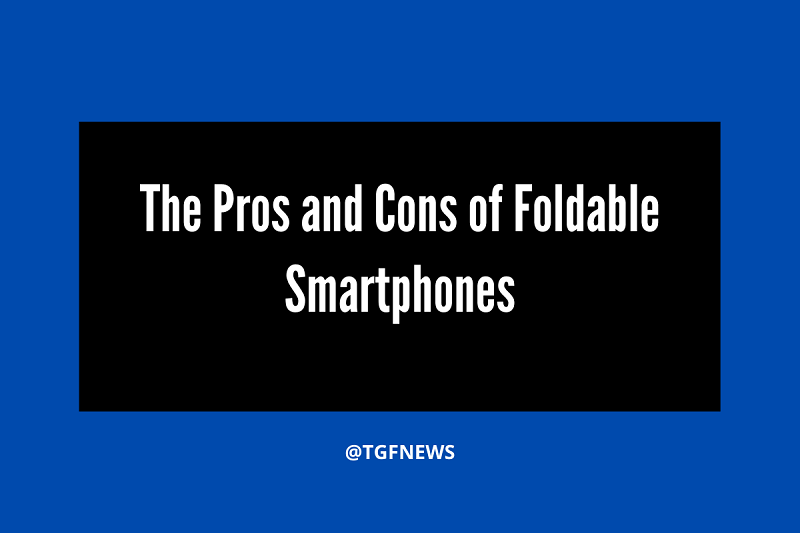Foldable smartphones once seemed like an impossible idea, but with rapid advances in technology and a willing market, corporations are churning out these impressive gadgets one after the other. Companies like Huawei and Samsung continue to introduce cutting-edge features to keep consumers interested with each new release. But are these foldable smartphones really worth the hype? Today we’ll talk about the pros and cons of foldable smartphones to help you decide for yourself whether they’re the future of phones or just another passing fad.
The Pros and Cons of Foldable Smartphones
Pros
- Better Display
The latest trends in the world of smartphones always seem to include expanding the screen in some way, whether through slimmer bezels or removing buttons entirely. But these illusions are nothing compared to literally adding another screen. This doubling in size is mostly thanks to the hinges connecting the two panels, which allows you to fold the phone and expand its size.
Another crucial component is hidden beneath the surface of these phones – printed circuit boards or PCBs. An essential part you probably don’t think about, flex PCBs are in large part what make foldable smartphones possible. These electrical circuit boards house the phone’s processor, memory, and other important parts. Thanks to improvements in the tech, they’re now more flexible than ever, which means designers have more freedom when it comes to foldability and display.
Read More: Samsung Working on Galaxy Z Flip Lite with UTG Technology
- Convenience
Foldable phones become better with every iteration, so do their portability and ease of use. Despite their wider displays, you can conveniently carry around most foldable phones in your pocket. A tablet-sized screen that fits in your pocket is undoubtedly one of the phone’s best selling points. And with designers pushing the envelope on what’s possible in terms of how compact these phones can get, you can expect larger phones in more portable sizes to come in the near future.

- New Features
With a folding display that’s never been done before, there are obviously new features exclusive to foldable phones. There are a ton of new experiences you can gain from applications and games specifically made to maximize the folding characteristic of these phones. What’s more, the larger space afforded to manufacturers by these foldable phones means they can put in more powerful processors or batteries. This translates to better speed, memory, and even better cameras.
Cons
Poor Durability
One of the more well-known downsides to foldable phones is how easily they break. This became evident in the earlier releases where excited customers were disappointed to discover how quickly the hinges gave out. Unfortunately, any moving part on a phone is bound to suffer this fate. Unless manufacturers can find a solution to this problem, some people are less likely to shell out the money for foldable phones that are going to snap.
Read More: Huawei Mate X is World’s First Foldable 5G Smartphone
High Cost
Speaking of shelling out money, foldable phones are not cheap. The best example of this is how Samsung typically price their foldable phones 20 to 30 percent higher than their regular ones. The high price tag on foldable phones has to do with how new the technology is, and how limited production is compared to your regular phones. You can expect these high costs to remain the same or get even worse until foldable phones become the norm, which isn’t likely to happen any time soon.
Clunky Designs
Because foldable phones are relatively new to the market, they haven’t evolved to their best form yet. Just think of what computers looked like back in the 90s. Today, foldable phones are obviously clunkier than regular ones. Some users have even likened them to having a brick in your pocket. While companies are racing to create thinner and sleeker versions of these phones, it is a process that may take years or even decades to result in better-looking foldable phones.
Author Bio:
Meagan G. Woods remembers very fondly watching someone reading an eBook on their iPhone back in 2007, and thinking to herself, “Wow, that’s such a great piece of technology.” Through the years, she’s enjoyed watching the smartphone evolve — with new designs and new features — and can’t wait to see what designers come up with next. She currently works as a marketing assistant for a tech startup, but writes about gadgets in her spare time.

